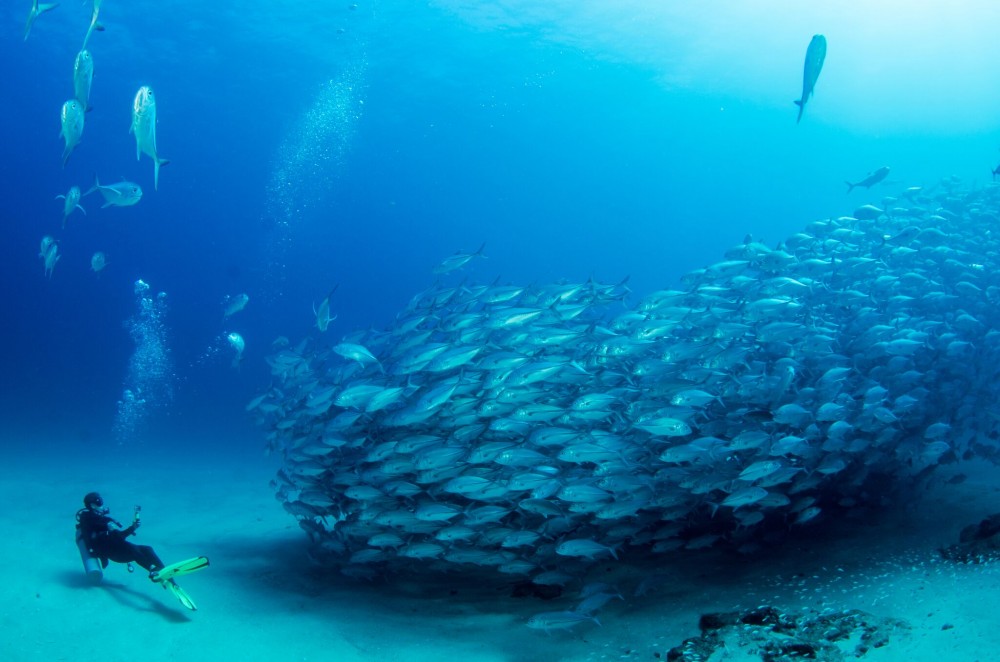How to Breath and Swim Underwater Without a Scuba Mask?

If you don’t know how to breathe and swim correctly when wearing scuba gear, then it’s possible for you to run out of air or drown while underwater. Luckily, there are several steps you can take to learn these skills before going scuba diving without a mask. Once these skills are mastered, then there will be no need for an expensive scuba mask at all!
1. Learn to breath underwater
The first step is to learn to breath underwater. This can be done by practicing breathing exercises in a pool, or by taking classes that teach you how to hold your breath for extended periods of time.
Once you’ve mastered the art of breathing on land and underwater, it’s time to put your skills into practice! When diving under water, make sure that both nostrils are open so that air can flow freely through them from all directions (this will help prevent any discomfort). Keep in mind that there is no need for holding your breath while swimming down here–it’s better if you exhale continuously through both nostrils but don’t force yourself too much; just let nature take its course!
2. Learn to move your arms, legs and body underwater.
The second step is to learn to move your arms, legs and body underwater.
To do this you will need a snorkel and fins (optional). If you don’t have those things, then use whatever you have available: a stick, a pencil or even your finger. The important thing is that it allows you to breathe while submerged in water.
Practice moving around in shallow water until you feel comfortable enough with your breathing technique before progressing onto deeper water where there is more resistance against movement due to increased pressure on the lungs and chest cavity as well as less buoyancy from air trapped within clothing or equipment worn around the waist area such as scuba diving belts which provide extra flotation but may restrict movement when trying new techniques such as swimming upside down (which we’ll talk about later).
3. Breath in the same way that you breathe on land.
You can learn to breathe underwater by using your breath in the same way that you breathe on land. You will be able to move your arms, legs and body underwater in a similar way as when walking or running on land.
4. Practice swimming in a pool or at the beach
You may want to practice swimming in a pool or at the beach before you go snorkeling. It’s important that you feel comfortable with your ability to swim, as well as being able to breathe underwater without a mask. If you are not confident in your swimming ability, take a class!
It’s also important to be aware of currents and waves when practicing at the beach.
5. Swim efficiently and effectively before you try scuba diving without a mask
Swimming is an important part of scuba diving because you need to be able to swim efficiently and effectively in order to dive safely. Swimming is also dangerous, so it’s important that you know how to do it safely before you try scuba diving without a mask.
6. Scuba diving can be a dangerous sport if you haven’t learned how to swim correctly.
Swimming is a great way to exercise and it’s also safe. If you have never learned how to swim correctly, then scuba diving could be dangerous. Let’s take a look at some of the benefits of swimming:
- Swimming is a good way to relax and get some fresh air.
- Swimming can help you meet new people who share similar interests as yours by joining clubs or taking lessons at the local YMCA/YWCA (or whatever they call it where you live).
- If done properly, swimming will keep your body healthy by keeping muscles toned, bones strong and joints flexible–especially if these movements are repetitively performed over time!
Conclusion
When you’re ready to take on scuba diving without a mask, remember that it’s important to learn how to swim correctly first. You don’t want to get into trouble underwater and not know how to get out! You can practice swimming in pools or at the beach before going snorkeling so that when it comes time for real scuba diving, everything will feel natural and comfortable for you.
